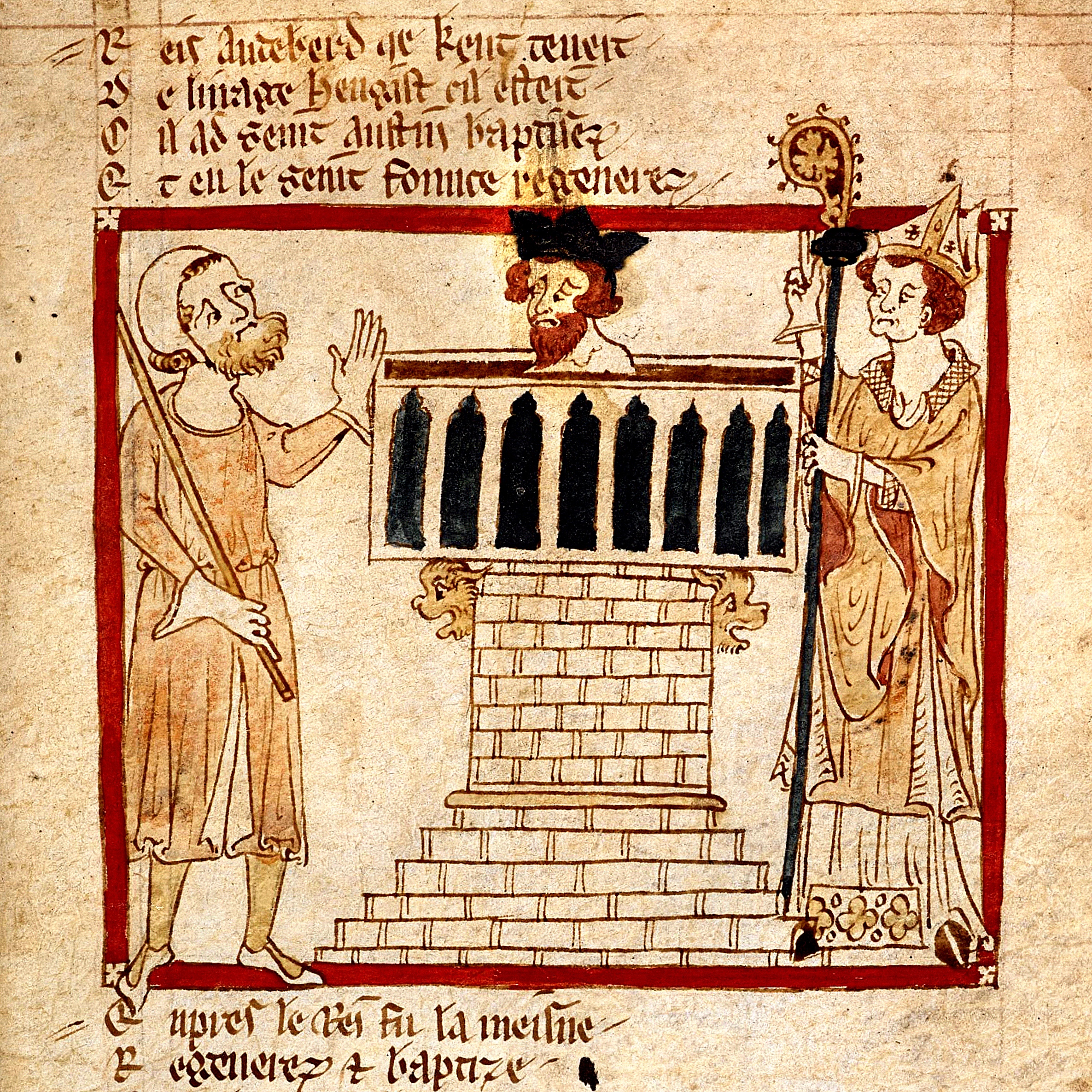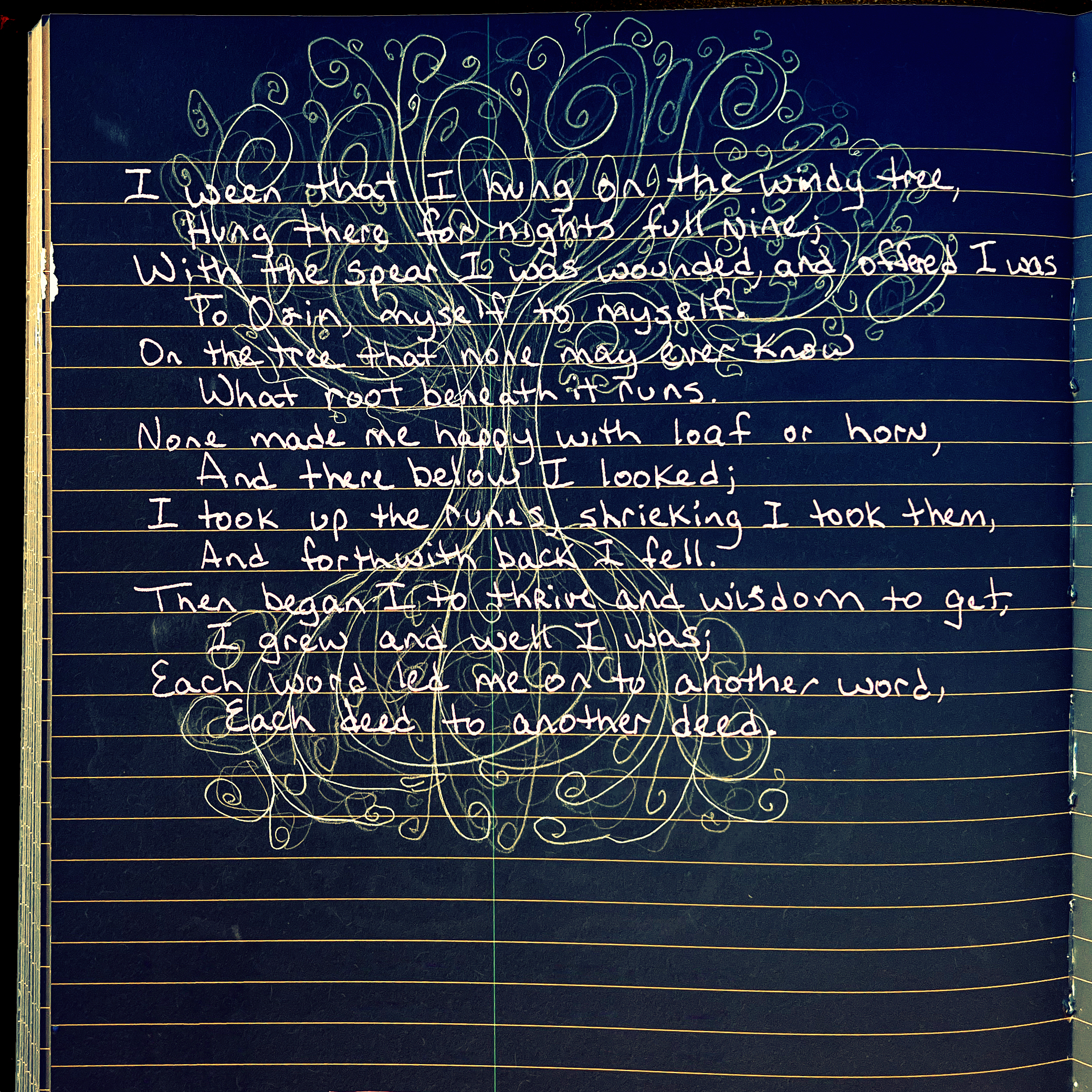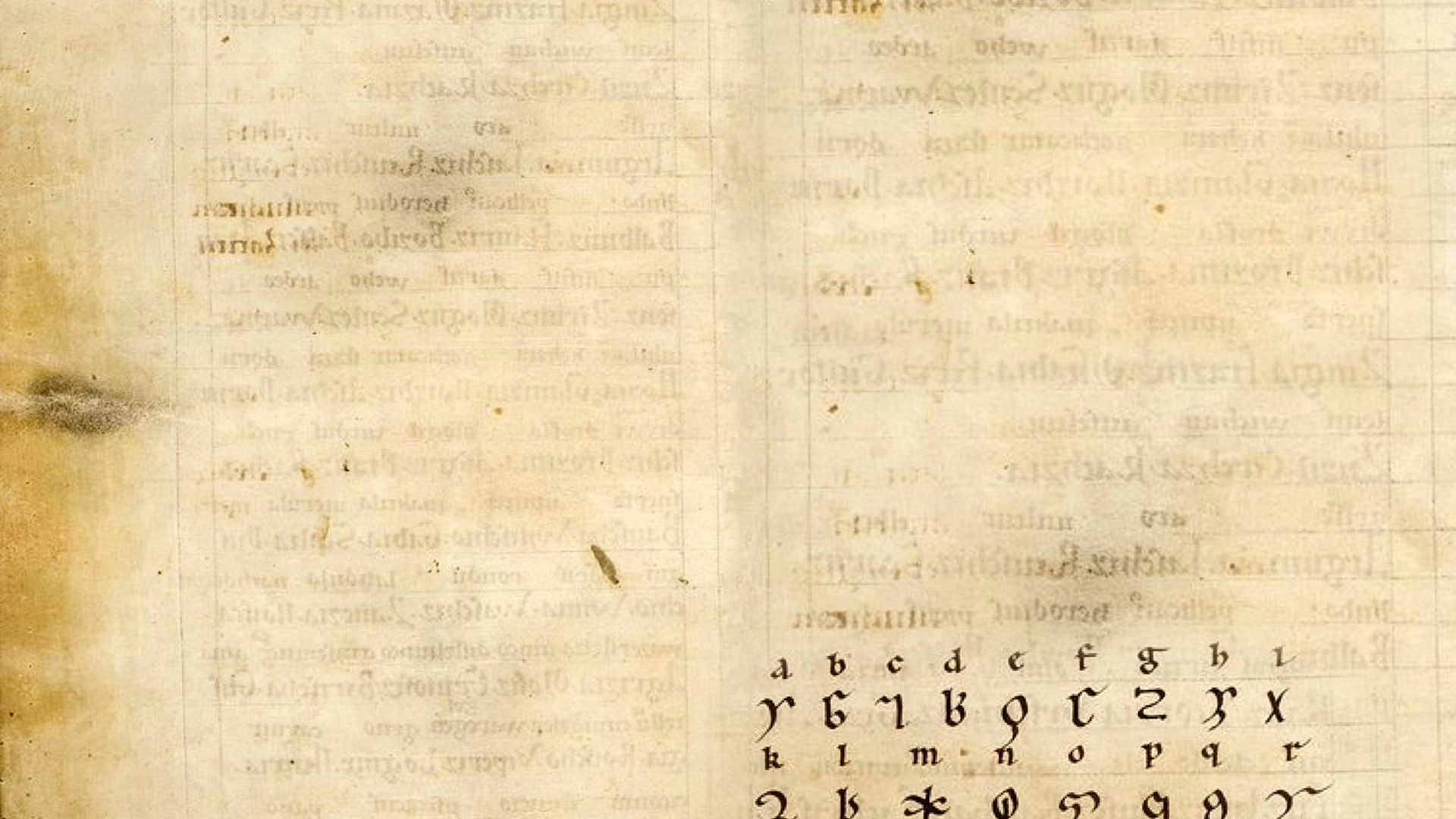 The Rune Poem says Tiw is one of the signs, a tacn, a token. This is the first clue in the riddle. A sign is a clue to something as well; signs symbolize in shorthand something else. A letter in an alphabet is a sign that means a sound and sometimes a whole word. The color of a light hanging over a road is a sign standing as evidence of broader meanings, covenants of mutual trust, expectations of behavior. And signs can be signs for signs, like these:
The Rune Poem says Tiw is one of the signs, a tacn, a token. This is the first clue in the riddle. A sign is a clue to something as well; signs symbolize in shorthand something else. A letter in an alphabet is a sign that means a sound and sometimes a whole word. The color of a light hanging over a road is a sign standing as evidence of broader meanings, covenants of mutual trust, expectations of behavior. And signs can be signs for signs, like these: 




























Tag Archives: Odin
Kings
 The Rune poem names two gods: Tiw and Ing. Three if you count Os which means god and describes Odin. If we set aside all the sacred trees, and we shouldn’t, we still have one more god mention: the holy king of heaven in the Year stanza, who must be the Christian god, unnamed. This Christian incursion into a poem full of non Christian deities, two named right out loud in answer to their stanza riddles, sometimes poses a different kind of riddle for Christian readers and translators. Perhaps duty bound to exalt their own, they often determine this is a Christian poem written by a Christian poet who would never allow heaven’s king to share an equal stage with other gods. This was a preference undoubtedly popular amongst Christian poets writing in Old English back in the day, so I can see the impulse. But I am here to encourage the … More
The Rune poem names two gods: Tiw and Ing. Three if you count Os which means god and describes Odin. If we set aside all the sacred trees, and we shouldn’t, we still have one more god mention: the holy king of heaven in the Year stanza, who must be the Christian god, unnamed. This Christian incursion into a poem full of non Christian deities, two named right out loud in answer to their stanza riddles, sometimes poses a different kind of riddle for Christian readers and translators. Perhaps duty bound to exalt their own, they often determine this is a Christian poem written by a Christian poet who would never allow heaven’s king to share an equal stage with other gods. This was a preference undoubtedly popular amongst Christian poets writing in Old English back in the day, so I can see the impulse. But I am here to encourage the … More
Translating Os
 Os means God, non specified, though this stanza might be talking about a specific one. There are other specific gods in the Rune Poem. Tiw is here. So is Ing. We don’t know much about Ing. We don’t know much about any of the Gods the rune carvers were listening to. We do know the Nordic ones thanks largely to the thirteenth century Icelandic poet Snorri Sturluson, who compiled folk traditions into stories for a Norse king who liked his entertainment. Britain also being a North Sea culture, there was plenty of overlap. There’s not much written about the deities in Old English, though. Most everybody doing the writing was Christian, so. They had an agenda. These Christians preferred a reduction of the Gods down to a singularity, a point encompassing all other points, so the extra Gods they’d encounter tended to disappear.
Os means God, non specified, though this stanza might be talking about a specific one. There are other specific gods in the Rune Poem. Tiw is here. So is Ing. We don’t know much about Ing. We don’t know much about any of the Gods the rune carvers were listening to. We do know the Nordic ones thanks largely to the thirteenth century Icelandic poet Snorri Sturluson, who compiled folk traditions into stories for a Norse king who liked his entertainment. Britain also being a North Sea culture, there was plenty of overlap. There’s not much written about the deities in Old English, though. Most everybody doing the writing was Christian, so. They had an agenda. These Christians preferred a reduction of the Gods down to a singularity, a point encompassing all other points, so the extra Gods they’d encounter tended to disappear.
The word Os was disappearing too, by the … More
Axis Mundi

Archaeologists in their digging and dating trace the oldest runic alphabet back to the late second century. The oldest rune carvings are often of the alphabet itself, carved in order. They’ve found runes etched into durable things like rock, metal, bone, but sometimes the odd piece of wood might survive. These earliest rune carvings have been found all over Northern Europe, even on occasion as far south as France, but most particularly around the Baltic Sea Coast. The messages would be brief, saying things like Vern made me. Not an actual Vern, there was no V. I’d carve this here if I could, carve it into light, but I’d have to use my own V.
The earliest runic inscriptions reveal no memory that the runes came from a prior alphabet, though they line up beautifully with several Latin letters, and correspond even more closely to Etruscan, the language of ancient northern and central … More













